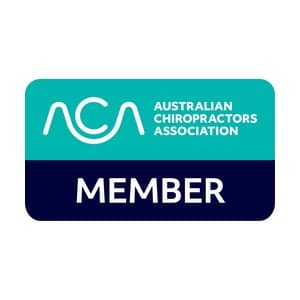Headaches affect a lot of people, and can be very debilitating. Because headaches are so common, most people think that getting a headache is a normal part of life. This is simply not true. A headache can be a sign that something is wrong. Aspirin and medication may take the pain away from tension headaches, migraines and cluster headaches, but they do not correct the underlying cause. They can also lead to unwanted side effects.
If the bones in the neck are not supporting your head properly, this can affect the nerves, muscles and blood supply to your head. Most often in headaches, the veins and arteries inside the brain and skull are inflamed, compressed or stretched, which causes pain to be experienced around the head.
What are the symptoms of headaches?
Headache symptoms can have many origins: sinus trouble, fevers, infections and alcohol. These headaches, caused by external factors, are believed to account for only 5% of all headaches. In fact, the most common headache cause is a ‘primary headache’, in which the headache results from irritation from the nerves around the head and neck. Muscles tension leading to nerve irritation is thought to be responsible for up to 95% of all headaches. These kinds of headaches are often referred to as stress or tension headaches, and are called ‘primary’ as they are not symptoms of other infections or triggers.
Treatment for Headaches
Chiropractors look for areas of muscle tension or weakness in the neck and head as sites of headache causes. This may include tight muscles in the base of the neck, at the base of the skull, or in the jaw. Using simple massage and adjustments, Chiropractic can provide headache relief. Bryans et.al.1 believe there is evidence to suggests that chiropractic care, including spinal manipulation, improves migraine and cervicogenic headaches. The type, frequency, dosage, and duration of treatment(s) should be based on guideline recommendations, clinical experience, and findings.
Chiropractic for headaches works by releasing the areas of tension around the head and neck. Removing the causes of spinal stress addresses both the muscle and nerve tension and the resulting headaches. Advice on posture, ergonomics and sleeping positions may be beneficial to headache sufferers.
To see one of our Chiropractors at either our Kogarah or Parramatta clinic, Book Online Today
1. J Manipulative PhysiolTher. 2011 Jun;34(5):274-89. doi:10.1016/j.jmpt.2011.04.008.Evidence-based guidelines for the chiropractic treatment of adults with headache. Bryans R, Descarreaux M, Duranleau M, Marcoux H, Potter B, Ruegg R, Shaw L, Watkin R, White E.






